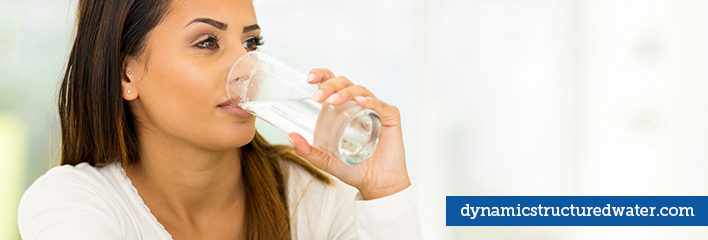One key to a youthful living lies in the power of drinking water. Clean drinking water is the primitive element of a healthy lifestyle. Water safety is essential for survival; perhaps contaminated drinking water predisposes health risks. Tap drinking water is often left untreated, and contaminants swirling can cultivate human hazards. Thus, an active drive towards water safety is vital for sustainable water supply.
How to Ensure Clean Drinking Water?
An increasing public awareness on clean drinking water helps reduce health threats. Environmental Protection Agency aims in finding ways on how to ensure clean drinking water for public use.
Structured water shows noticeable improvements in the overall health. Moreover, structured water units convert tap drinking water into a clean and feasible water source. There are available portable units for structured water. These units uplift accessible clean drinking water at home.
Structure water is created out from dynamic friction and force differentials. The advancing technology involved in structured water works to efficiently filter contaminants and other live microbes. Structured water is also rich in negative hydrogen ion that poses several health benefits and ill-curing properties.
Ensuring a safe and clean drinking water is the ultimate guide to wellness.
Exploring Waterborne Disorders from Filthy Drinking Water
Several government agencies regulate water safety guidelines to prevent rising causalities of water-related diseases. The danger brought by untreated water prompts men to seek medical advice. Therefore, a clean drinking water protects the public against lethal disorders. Here is a short preview of the top waterborne disorders
-
Hepatitis A
Hepatitis A is a highly contagious water-related disease. It is transmitted either fecal-oral route or direct contact. Clean drinking water helps fight rising incidence of Hepatitis A due to ingestion of polluted water.
-
Cholera
Cholera predisposes serious health threats among the younger population. This diarrheal disorder caused by microbial infection can lead to dehydration, abdominal cramping and vomiting. Cholera can be prevented by clean drinking water and proper sanitation.
-
Cryptosporidium enteritis
Cryptosporidium enteritis, a parasitic infection caused by contaminated drinking water. This deadly disorder affects children in all ages. Rapid dehydration and sudden weight loss are few of the common manifestations of Cryptosporidium enteritis.
-
Typhoid fever
This endemic infection is mostly spread via the oral route. Typhoid fever is generally affecting countries with poor water asepsis. Patients with typhoid disorder experience intermittent fever, profuse diarrhea and skin rashes.
-
Dysentery
Bacillary and amoebic dysentery are intestinal disorders that can cause severe diarrhea, abdominal pain, and rising fever. Dysentery results from drinking untreated tap water. Hence, water purification thwarts destructive symptoms of diarrheal diseases.
-
Giardiasis
Giardia infection is a parasitic illness of the gut. People suffering from Giardiasis are initially asymptomatic in nature. However, signs and symptoms might develop few weeks after the onset.
Fight Water Contamination
Water sanitation is vital to avoid incidental introduction of pollutants. Likewise, proper waste disposal helps restore a viable water source. Water treatment and quality maintenance must be given importance to help hinder water-ill outbreaks.


